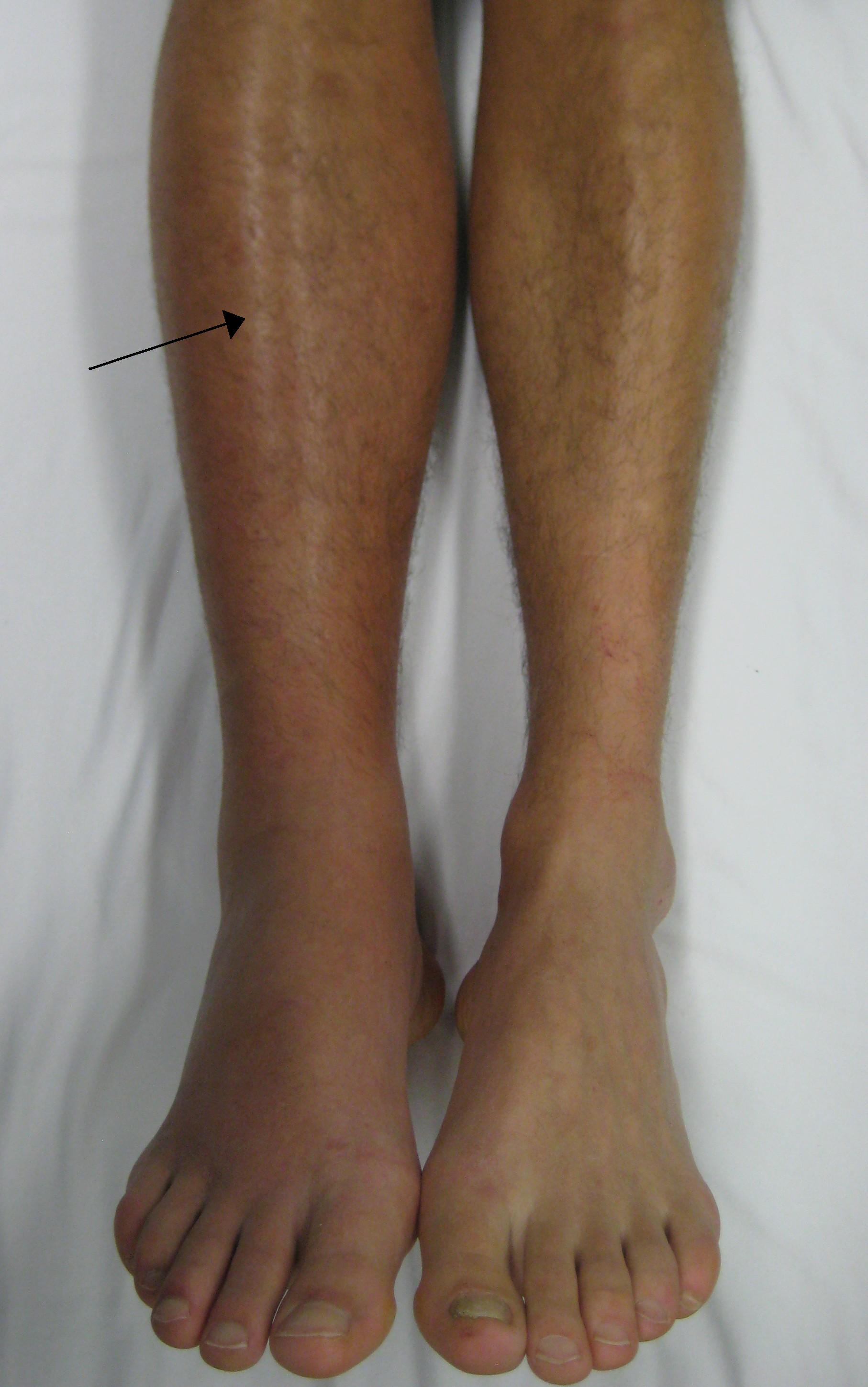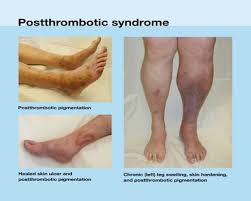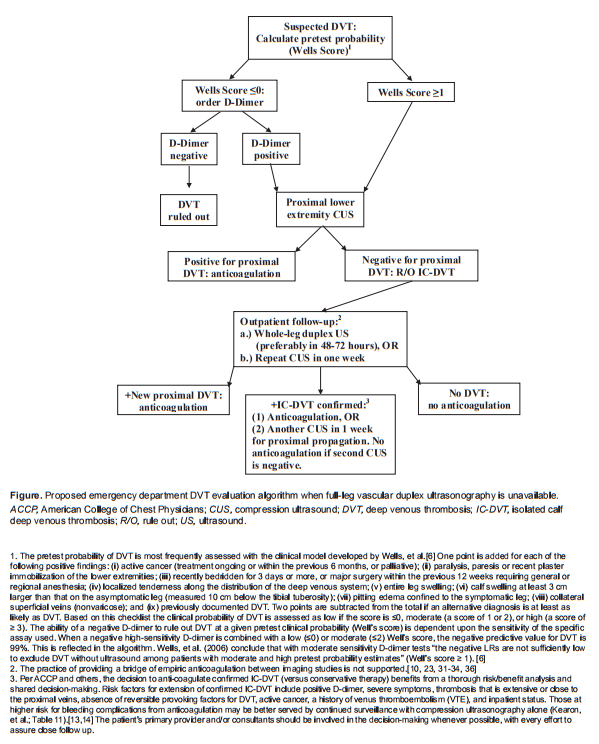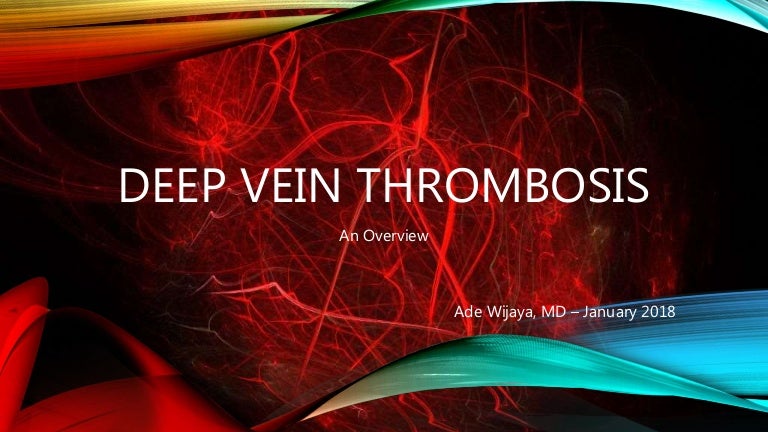Post Thrombotic Syndrome Medscape
Post thrombotic syndrome medscape. Post-thrombotic syndrome is a condition that can happen to people who have had a deep vein thrombosis DVT of the leg. The post thrombotic syndrome. The post-thrombotic syndrome PTS is a frequent sometimes disabling complication of deep vein thrombosis DVT that reduces quality of life and is costly.
Postthrombotic syndrome PTS is a problem that can develop in nearly half of all patients who experience a deep vein thrombosis blood clot in the leg. The possibility to identify patients at risk is limited. Post-thrombotic syndrome PTS is a common complication of deep venous thrombosis DVT of the iliofemoral venous system leading to significant morbidity and high health care costs.
This article discusses risk factors for PTS after DVT and available means to prevent and treat PTS with a. Multivariable regression analyses were performed to identify predictors of the post-thrombotic syndrome and of its severity. Sharifi M Freeman W Bay C Sharifi M Schwartz F.
Generic and venous disease-specific quality of life was compared in patients with and without the post-thrombotic syndrome. The editorialist gives a practical approach. Thromb Res 2011127 suppl 3S89-92.
The post-thrombotic syndrome PTS is a frequent sometimes disabling complication of deep vein thrombosis DVT that reduces quality of life and is costly. 16 2004 -- Wearing below-knee stockings after deep vein thrombosis DVT reduced the incidence of complications from post-thrombotic syndrome PTS by nearly 50 for up to two years according to the results of a randomized trial published in the Aug. 17 issue of the Annals of Internal Medicine.
Hematology Am Soc Hematol Educ Program. Deep-vein thrombosis DVT and pulmonary embolism PE are associated with major morbidity and mortality with their burden often extending to longer-term complications such as event. It can cause chronic pain swelling and other symptoms in your leg.
Diagnosis is challenging because there is. Low incidence of post-thrombotic syndrome in patients treated with new oral anticoagulants and percutaneous endovenous intervention for lower extremity deep venous thrombosis.
Generic and venous disease-specific quality of life was compared in patients with and without the post-thrombotic syndrome.
Postthrombotic syndrome PTS is a problem that can develop in nearly half of all patients who experience a deep vein thrombosis blood clot in the leg. It has been recently shown that percutaneous endovenous intervention PEVI can effectively reduce the incidence of PTS. Postthrombotic syndrome PTS is a chronic complication of deep venous thrombosis DVT that manifests months to many years after the initial event. 1 In its full-blown form the disease consists of the following pentad. This article discusses risk factors for PTS after DVT and available means to prevent and treat PTS with a. Help us make reference on Medscape the best clinical resource possible. The post-thrombotic syndrome PTS is a frequent sometimes disabling complication of deep vein thrombosis DVT that reduces quality of life and is costly. Multivariable regression analyses were performed to identify predictors of the post-thrombotic syndrome and of its severity. 17 issue of the Annals of Internal Medicine.
Post-thrombotic syndrome is a condition that can happen to people who have had a deep vein thrombosis DVT of the leg. Thrombotic thrombocytopenic purpura TTP is a rare blood disorder characterized by clotting in small blood vessels thromboses resulting in a low platelet count. Postthrombotic syndrome PTS is a problem that can develop in nearly half of all patients who experience a deep vein thrombosis blood clot in the leg. 1 In its full-blown form the disease consists of the following pentad. It may develop in the weeks or months following a DVT. The editorialist gives a practical approach. Multivariable regression analyses were performed to identify predictors of the post-thrombotic syndrome and of its severity.














































Post a Comment for "Post Thrombotic Syndrome Medscape"